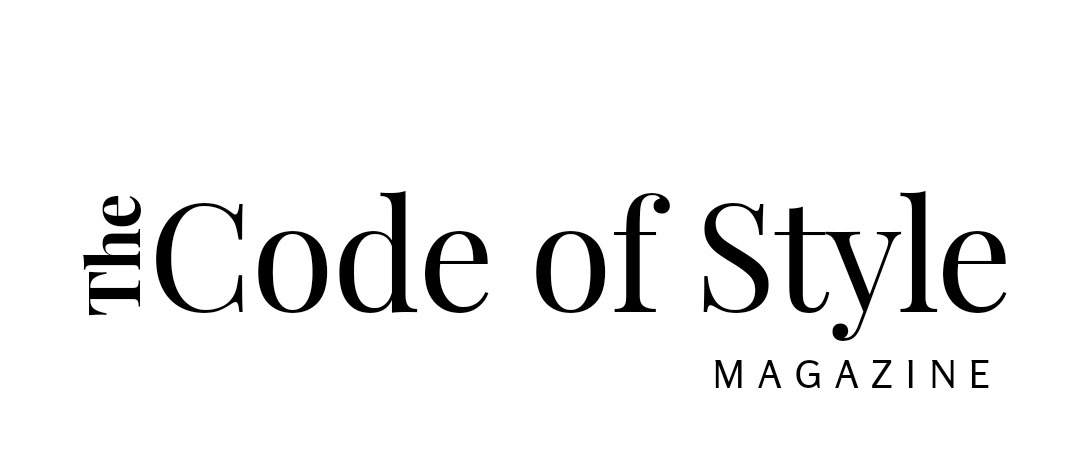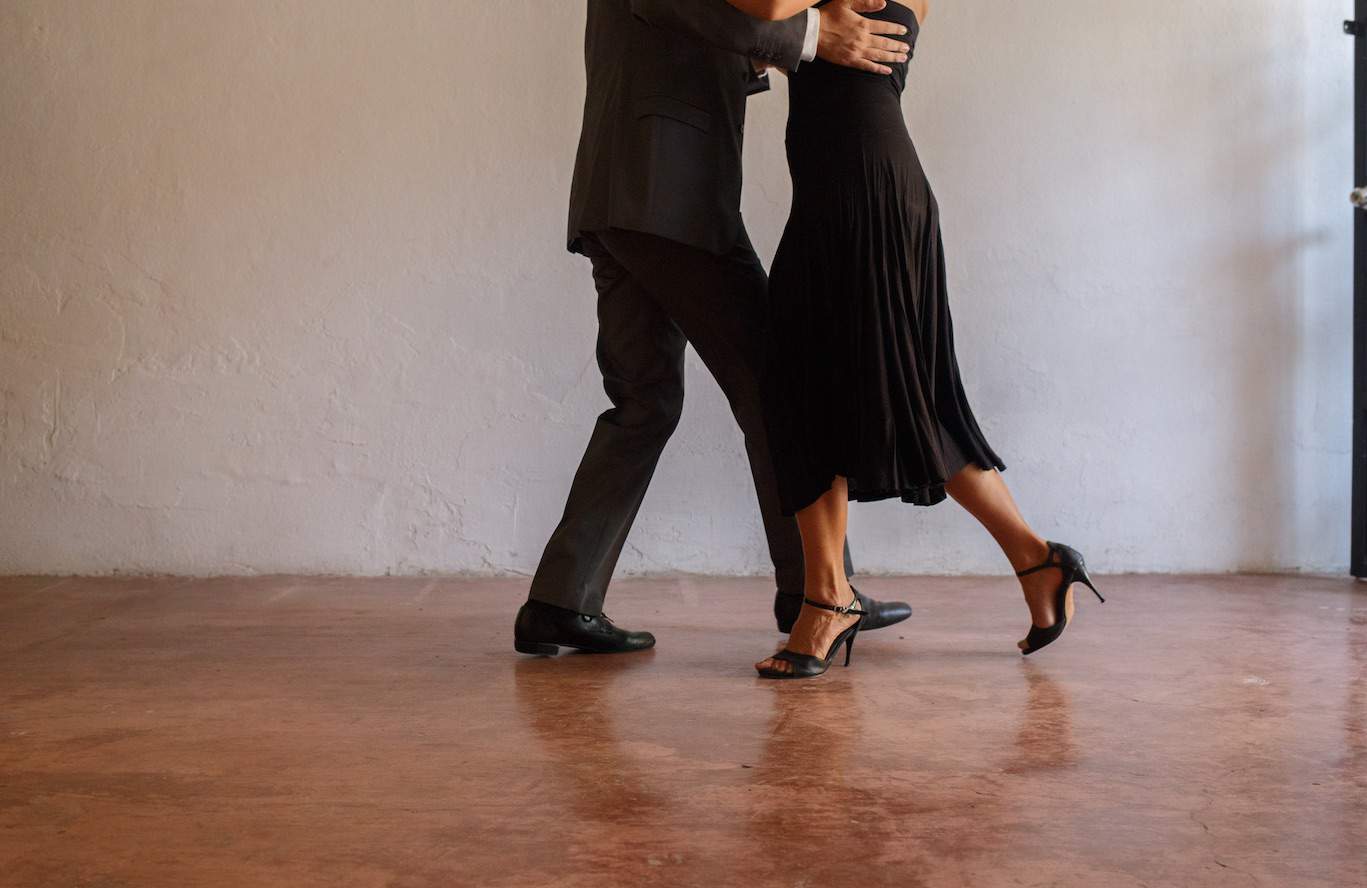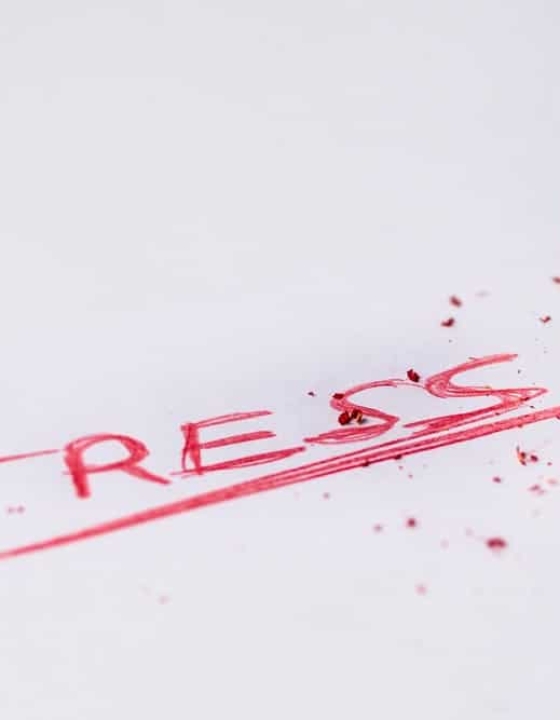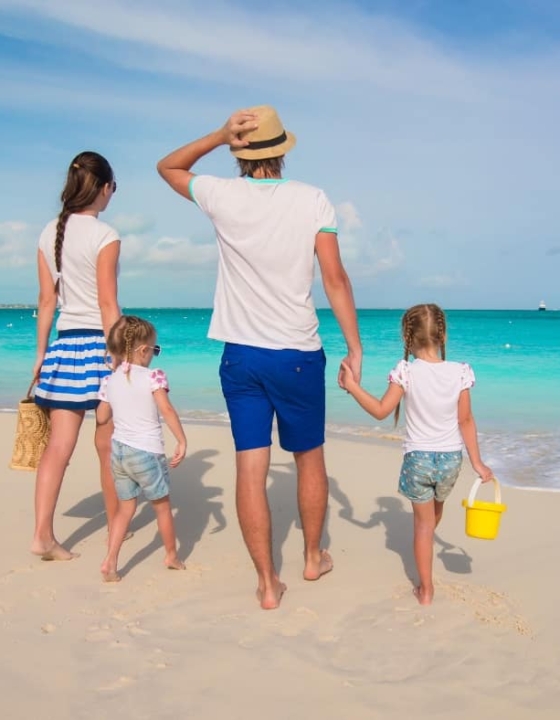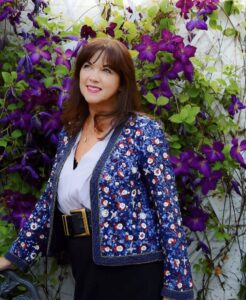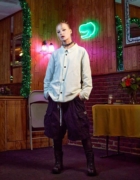Welcome back to the Code of Style and this article about the many health benefits of Tango dancing, and in particular its application in the treatment of Alzheimer’s disease.
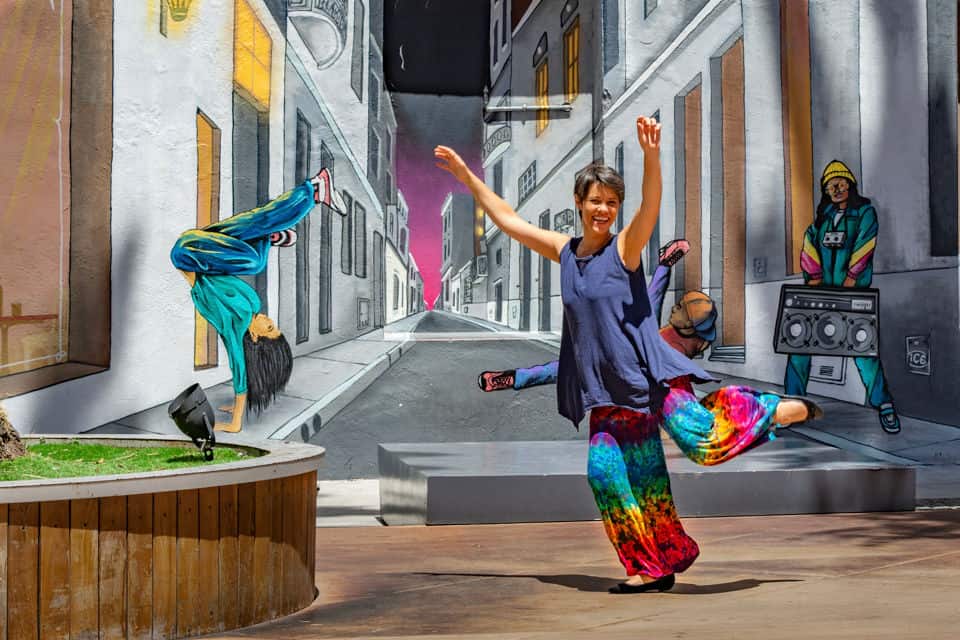
The Tango has long been heralded as having many health benefits, not only on a physical level for keeping the body fit, but also on a deeper emotional level, by reducing stress, improving connections and mental well-being.
Without music, life is not worth living
Bernard Lechevalier, Inserm researcher in France and pioneer in research on the link between music and brain.
On a physical level, listening to music increases the neurotransmitter dopamine, which leads to reduced stress, pain and symptoms of depression. In addition, music has been shown to improve cognitive and motor skills, spatial-temporal learning and neurogenesis, which is the brain’s ability to produce neurons.
When combined with dancing, in particular the tango, mobility, balance and core strength are also improved.
Dancing the tango leads to greater coordination, increased muscle tone, improved posture, balance and flexibility. But, that is not all! It is also a way to improve memory and open new neural pathways.
10 Reasons to Dance Tango
Improved well-being
Dancing the tango greatly contributes to physical, psychological and social well being, and is an excellent form of body expression, relaxation and communication. It is also a great form of physical exercise that improves flexibility, posture and cardiovascular capacity, and as it helps improve body awareness, it also contributes to improved body image.
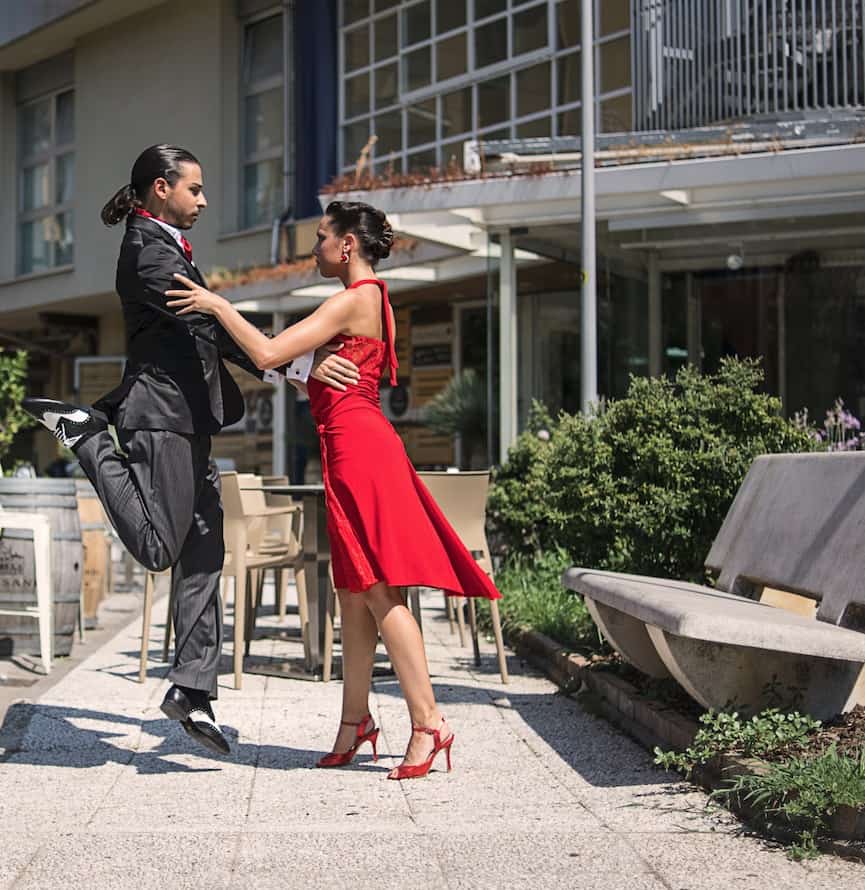
Improved cardio health and muscle tone
It’s been proven that 30 minutes of exercise is enough to lower your blood pressure and cut your risk of heart disease in half, so imagine what dancing the tango could do for you!
Featuring sustained, low-intensity movements, dancing tango slowly and steadily builds your cardio strength and also improves muscle tone, as it solicits many muscle groups!
Improved balance and posture
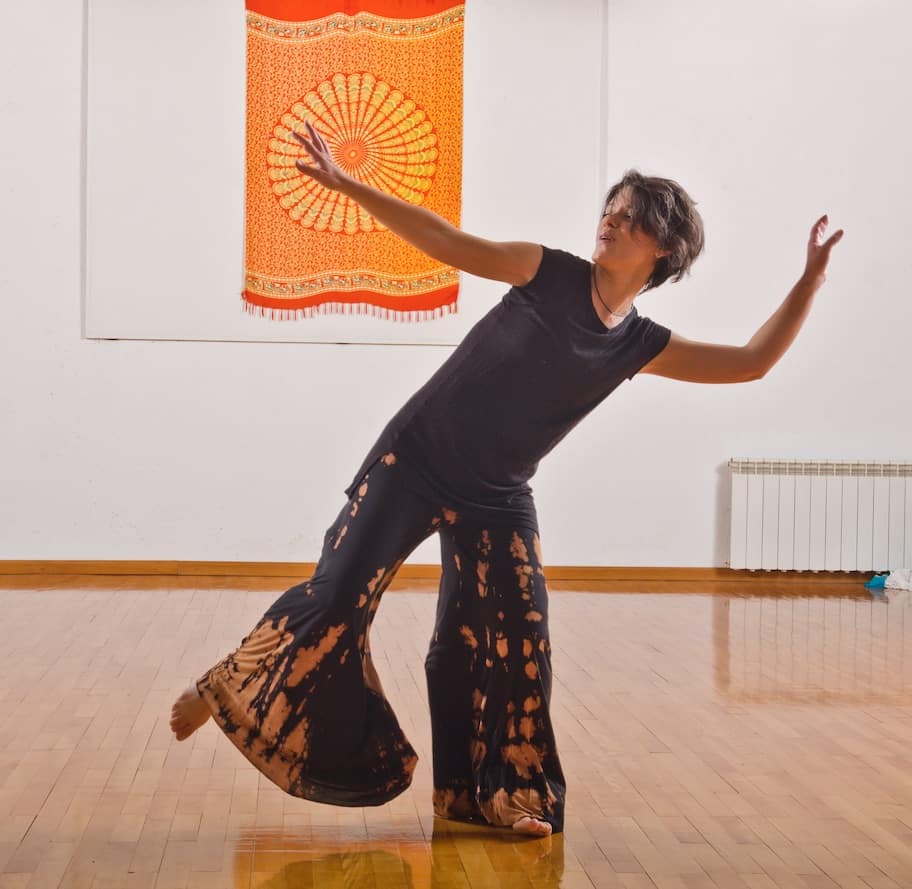
By following the turns (giros) and steps of the tango dance, you will improve your posture and balance. The elderly and those with sedentary lifestyles will especially benefit from tango, as muscle fibres and joints naturally stiffen with age and inactivity.
Improved Coordination
As well as having to control your own movements, Tango also requires you to adapt to the rhythm of your partner (and either follow or lead). Whilst this may prove challenging to begin with, over time the movements become more natural and free flowing and before long it seems easy!
Creation of new neural pathways/ Prevention of Alzheimer’s Disease
Dancing the Tango not only helps your physical body but can also promote brain health, as it challenges your mind and stimulates the connectivity of your brain by generating new neural pathways.
As tango dancing integrates several brain functions at once — kinesthetic, musical, logical and emotional, many new neural pathways are created and by keeping the brain active you are less prone to memory loss.
Facilitates improved communication/ social skills
As the Tango requires a partner, it necessitates engaging with another person, and therefore encourages a sense of connectedness and understanding.
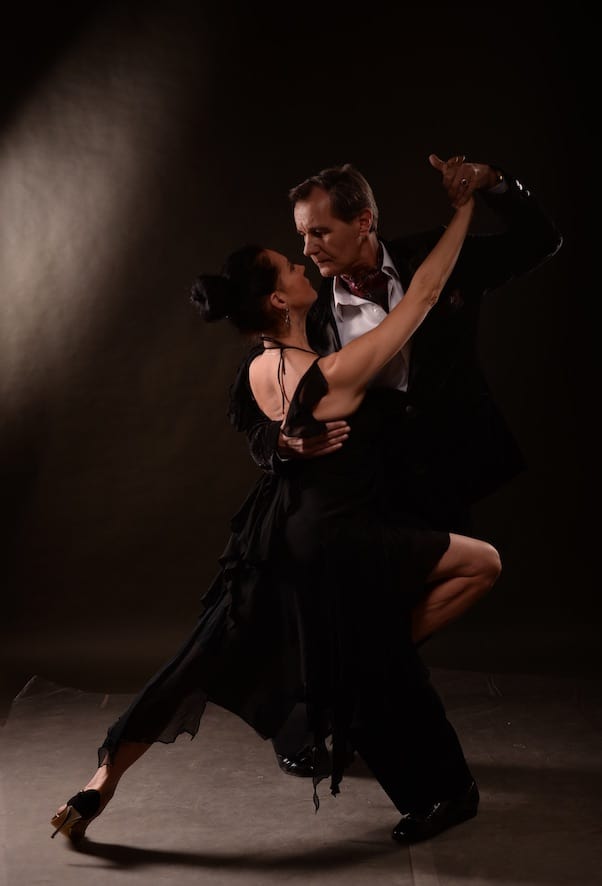
The physical contact also triggers the release of oxytocin – a hormone responsible for bonding and generating feelings of closeness.
Builds confidence and self esteem
Tango dancing also builds confidence by giving you a sense of success and achievement when you master it. With each step mastered, each turn made, you gain self-assurance and it’s a great way to build your self-esteem
Reduced Stress
Tango dancing helps reduce stress by releasing calming endorphins into your system, contributing to feelings of well-being and happiness
Boosts memory function
It has been found to stimulate the hippocampus, which is the part of your brain that is associated with memory.
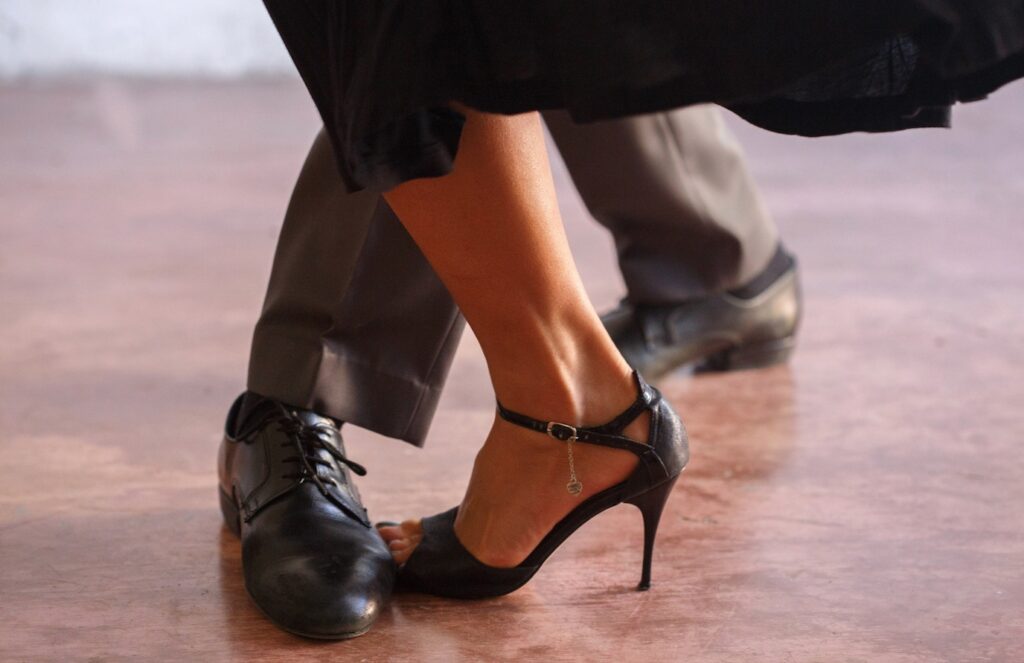
Builds empathy
Empathy is the physical act of relating to others, by placing yourself in their shoes and feeling their emotions as if they were your own.
Tango dancing is a fun and rewarding way to build empathy, because you learn to sense the unspoken movements, needs and feelings of your partner.
The Use of Tango in the Treatment of Alzheimer’s Disease
Many studies have recognised the therapeutic potential of Tango dancing as it makes connections between the body’s motor skills and the neuromuscular system.
But, what if Tango dancing could allow life to regain its worth, lost because of Alzheimer’s disease ? What if it had the wonderful power of changing the daily life of people affected by the disease ?
These are the questions asked by Anne Bramard Blagny of ABB Reportages , and France Mourey, University Professor and Inserm 1093 researcher.
Instead of giving medicine to depressed elderly people suffering from Alzheimer’s, why not recreate a memory through a Tango that they rediscover, that they love, and that makes them move, get together and smile?
Why not take the elderly out of their isolation, out of their nursing homes, to lead them into gardens where they would listen to orchestras of young people playing for them?
The project is composed of 4 types of actions:
- A training in therapeutic Tango dancing
- Tango workshops (music and dance)
- A research project
- An audiovisual keeping track of the entire process
“The Caravan of Memory”
Alzheimer’s disease removes what education has put into the person and brings the heart to the surface …
The population is aging, and in 2020, an estimated 5.8 million Americans aged 65 years or older had Alzheimer’s disease, with this number projected to nearly triple to 14 million people by 2060
“The Caravan of Memory” project, led by Anne Bramard Blagny of ABB Reportages and France Mourey, the University of Burgundy and Inserm 1093, consists in bringing the Tango experience (Music, Movement, Dance and Social interaction) to the elderly.
This project is currently under consideration for the EU Prize for Women Innovators, the results of which will be announced in October 2021.
The EU Prize for Women Innovators is awarded to the most talented women entrepreneurs from the EU and countries associated with Horizon Europe, who have founded a successful company and brought innovation to the market. The prize is managed by the European Innovation Council and SMEs Executive Agency, and the winners are chosen by an independent expert jury.
The effects of taking care of elderly people through Music and Dance will be analysed by researchers from France Mourey’s team, applying the principles of Etienne-Jules Marey’s research (1836-1904), which inspired the Inserm Research centre.
Currently, the project is operational in France, Germany, Argentina, Uruguay, Greece and California.
The Project in California
Adult Day Services at Rosener House in Menlo Park, California was the very first establishment in the U.S to host the French therapeutic tango program, “Caravan of Memory”, which was trialled here in April 2019.
Launched in France 10 years ago, the Tango program uses movements of everyday life — balance, weight transfer, support and posture — and is thought to have more therapeutic advantages than other dance forms, according to the study’s researchers.
The California connection came about during a conversation at Dijon/Hotel Maleteste when a team of professors from Stanford visited, and Anne Bramard Blagny explained to them the link between Etienne-Jules Marey, EJM, (1830-1904) from Burgundy, inventor of the decomposition of motion and Edward James Muybridge, also an EJM, and also 1830-1904, born in Surrey, UK but emigrating to the US at the age of 20..
In the same years, both worked on the decomposition of movement, starting with the gallop of the horse, Muybridge having been mandated for this work by Stanford.
On both sides of the Atlantic, these two visionaries wanted to penetrate the mysteries of movement.

150 years later, Daniel Hartwig, University Archivist at the Green Library of Stanford University, invited Anne Bramard Blagny and Julia Blagny of ABB Reportages, documentary filmmakers, and France Mourey, University Professor, INSERM 1093 to present their project on the power of the tango in San Francisco.
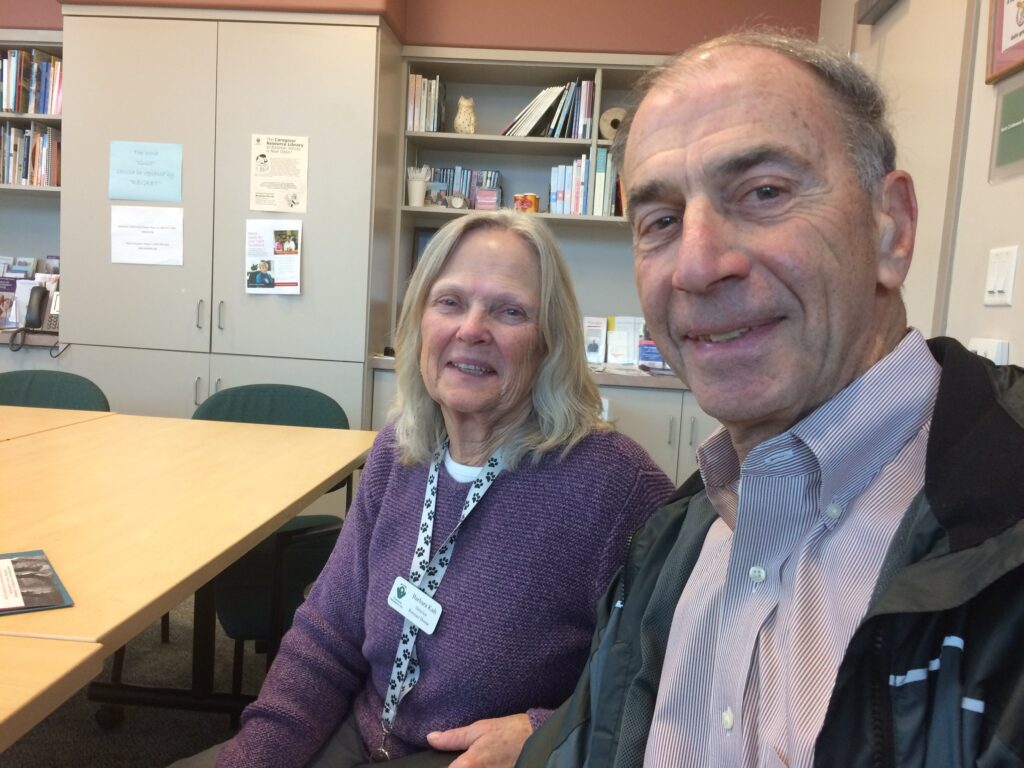
At the same time, Norman Robinson , a former Stanford administrator, created the link between Burgundy and California by introducing the project to Peninsula Volunteers, Inc. and their Adult Day Services at Rosener House. Peter Olson, Chief Executive officer and the director of Rosener House/Peninsula Volunteers, Inc, opened the doors of the facility to the project, involving Peninsula Volunteers.
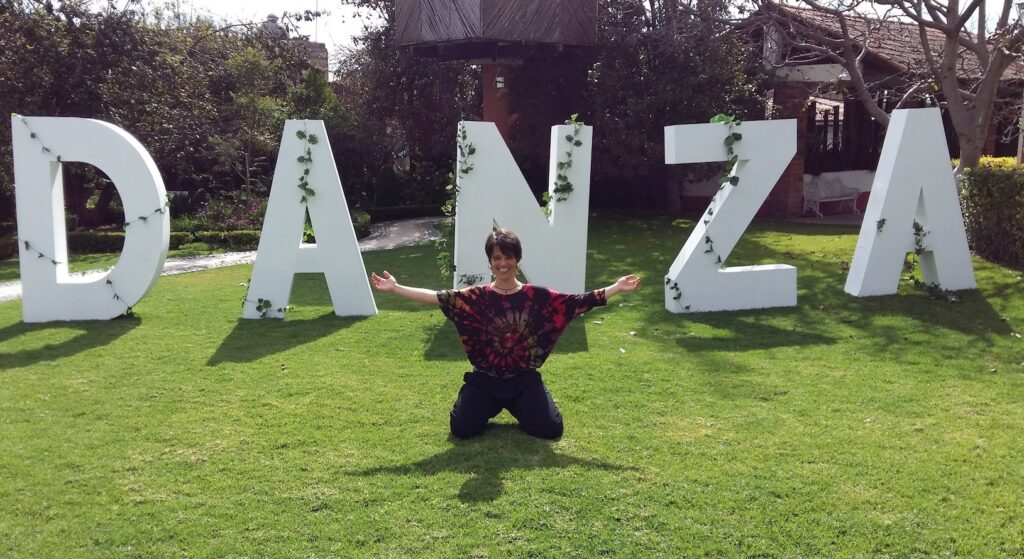
Peninsula Volunteers Inc. sponsored and funded a training course for 20 of its volunteers. The pilot program was a huge success, and Clarissa Machado, dance/movement therapist and tango therapist specialized in elderly people, came from Argentina to teach the classes.

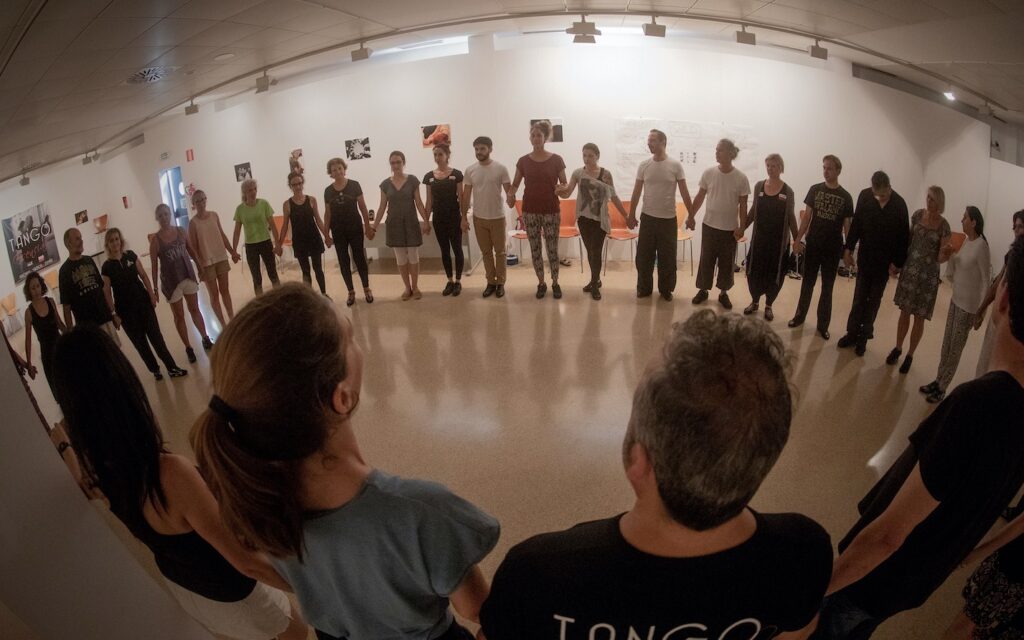
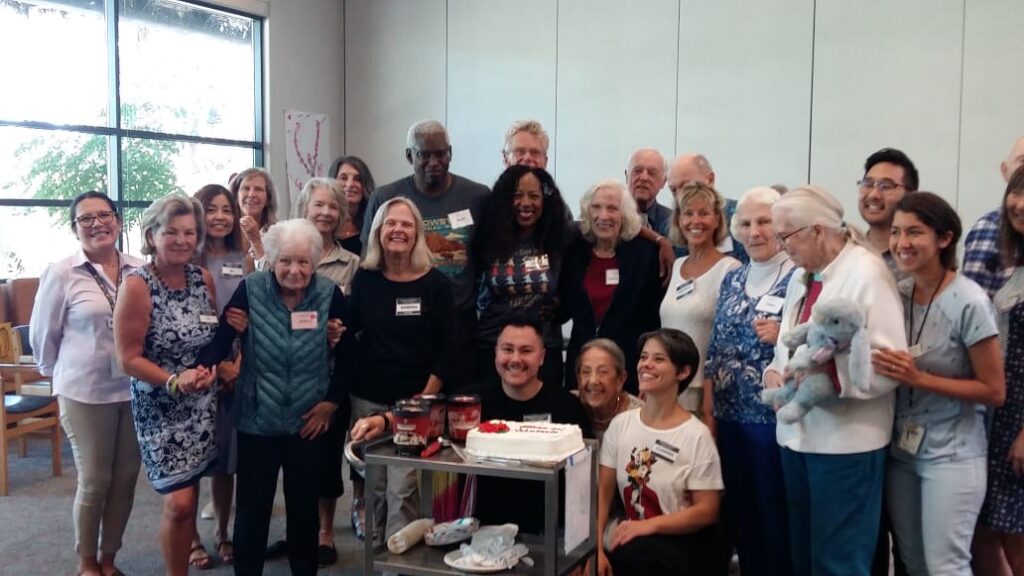
The Tango program has since become a permanent fixture of Rosener House activity. You can find out more about it here.
The project is also supported by the work of Bob Noakes, Tango Dance Instructor, who teaches Tango dancing as therapy for people with walking and balance issues, and is currently working with Parkinson’s patients at the Care Health Centre at Stanford.
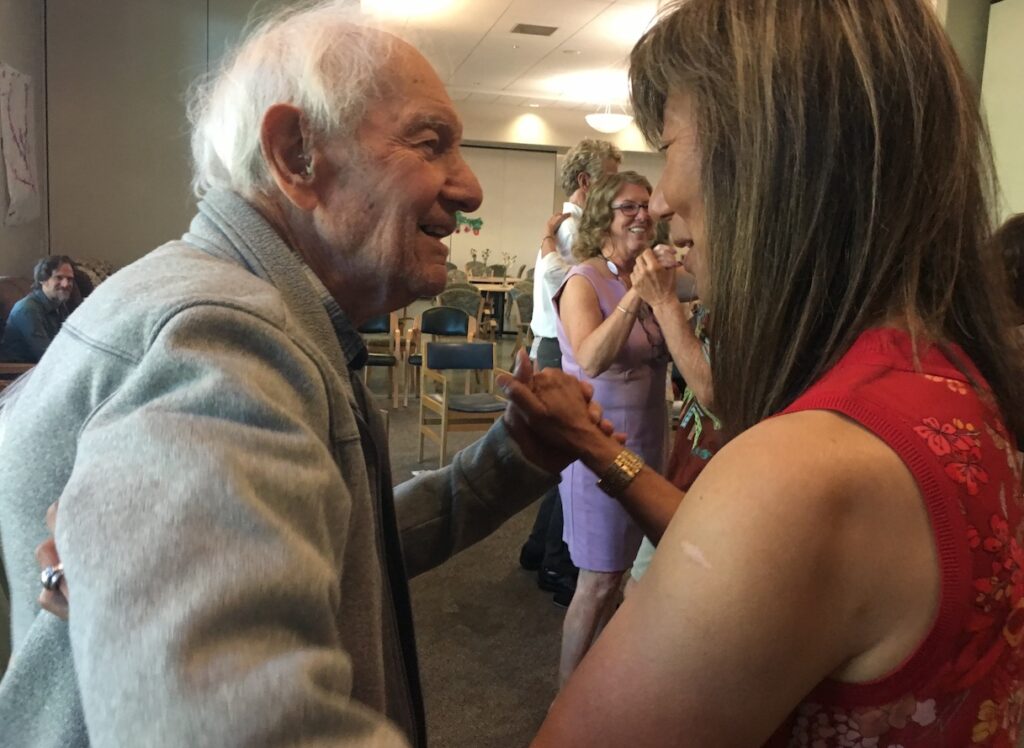
After the training sessions at Adult Day Services at Rosener House, the Tango program was launched pairing one volunteer per Alzheimer’s participant for weekly tango dance sessions. This approach is the primary reason for the great success of the first in America project.
During the pandemic, the Menlo Park workshops were shifted to online workshops and the current project is to continue the interactive online workshops as well as the comparative research project, between what is happening in France in the footsteps of Marey and what is happening in California in the footsteps of Muybridge.
In December 2021 France Alzheimer will organise a videoconference with the staff of Peninsula Volunteer and Rosener House to show the importance of volunteering in institutions.
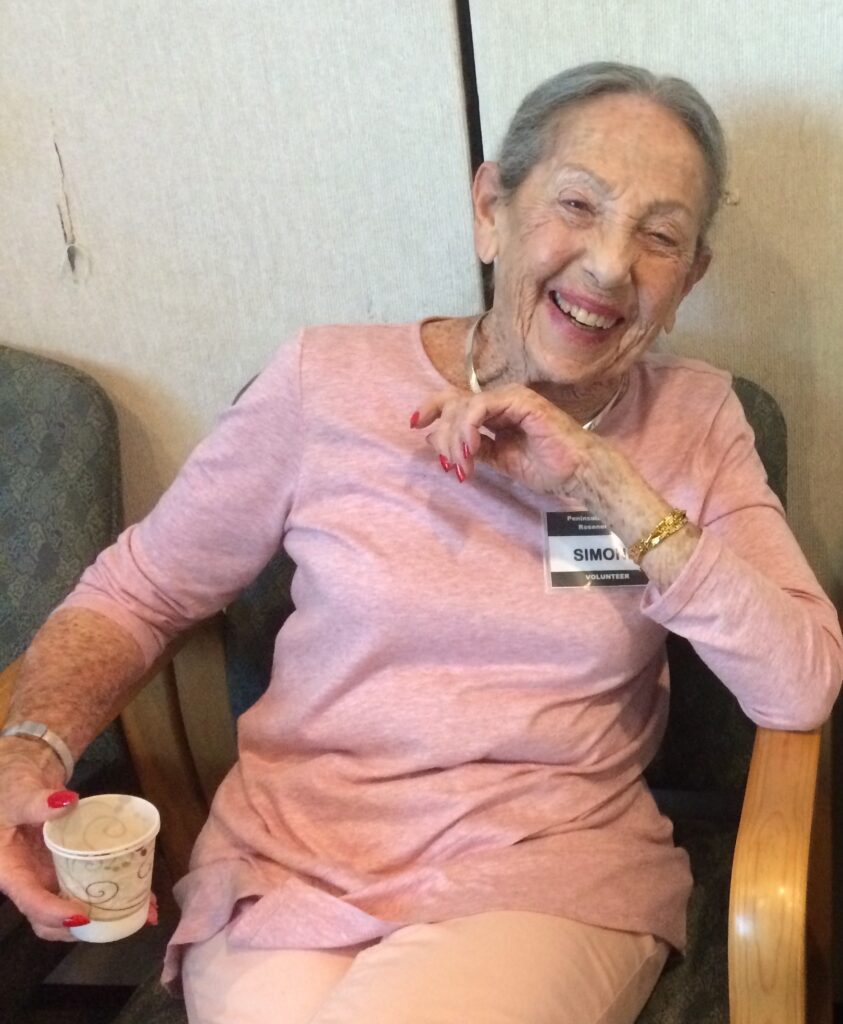
The star of the show will undoubtedly be Simone Lewis (now 93 years old), affectionately called “Pink Lady”, who at 91 years old was one of the “young” volunteers in the Wednesday Tango workshops with the Adult Day Services at Rosener House participants.
“There is nothing astonishing in my behavior. Volunteering is an important part of American culture.”
Simone Lewis
This non-drug therapy is a vector of improvement in cognitive functions, but can also bring joy, happiness, and maybe most importantly, fight against the feelings of isolation and depression, which have afflicted the elderly during the past few months of lockdown.
You can find out more about this project here. , and you can make a donation to help the work of Peninsula Volunteers Inc. here.
I hope you enjoyed this article about The Many Health Benefits of Tango Dancing and have a look here for more of our features.
I’m Julia, the Senior Managing Editor and I can’t wait to share some more articles with you again soon! In the meantime you can find more inspiration on “The Velvet Runway” .
Thank you for reading

Website: The Velvet Runway
1 Anne Bramard Blagny (ABB Reportages) has been building an audio-visual heritage since 1974, based on the research of true values beyond borders, generations and any type of categorization.
After graduating, at the age of 20, instead of following the lead of her family and becoming a lawyer, she decided to go for journalism and flew to Latin America. From her travels, she brought back writings, photographs and films but also Julia, her daughter, who she decided to give birth to in La Paz, Bolivia.
Mother and daughter would head out to discover the world together, followed by television staff from France and from the countries they crossed.
Thus, from long distance traveller, Anne became an author, director and producer, director of collection, lecturer, professor…
After 200 documentaries, conferences and numerous articles, Anne Bramard Blagny is still working on the origins, the sense and the power of music. This idea led her to interview numerous musicians, performers, composers, coming from different cultures.
Anne Bramard Blagny writes, directs and produces documentaries to be distributed over public and private channels. Her current project, “The Caravan of Memory” (and thus Tango dancing for Seniors), has been ongoing and developing for 10 years now, in close collaboration with France Mourey, University Professor, Inserm 1093.
2 Rosener House runs the five-day-a-week program with a daily headcount of 50 to 55 people living with Alzheimer’s disease, dementia, early memory loss, stroke, Parkinson’s disease and other chronic conditions. It is managed by Peninsula Volunteers, Inc., a 72-year-old local charitable organization, which specializes in programs serving older adults. For more information about the tango program, go to penvol.org.

